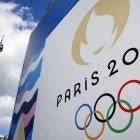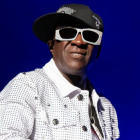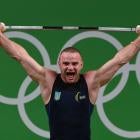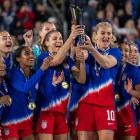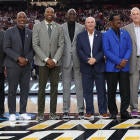The 2016 Rio Olympics are upon us, and there are surely many questions on your mind: How many gold medals will the U.S. win? Can anyone beat Usain Bolt? Will anyone come back from Rio without some sort of disease?
But the question that's undoubtedly first and foremost in your head is, of course, what is the best Olympic mascot of all time?
Luckily we're here for you. Below we have ranked every official Olympic mascot (winter and summer), according to information provided on the Olympic.org website.
Keep in mind that Olympic mascots are different than traditional sports mascots. They're generally geared towards kids, so there are no devils or warriors.
Though as you'll see, despite the best efforts of the designers, some Olympic mascots end up downright frightening.
Olympic Mascot Power Rankings
Bonus: Grenoble, 1968

Origin: An unofficial mascot, for some reason Olympic.org lists this on the mascot page with absolutely no information.
Analysis: Everything about this thing is mysterious: The ominous number painted on the bottom, the odd location hanging from a floating doorknob, the hair made out of Olympic rings. Nicholas Cage needs to get to the bottom of this immediately.
23. Cobi - Barcelona 1992

Origin: Cobi, supposedly a humanized mountain dog, is derived from COOB'92, an abbreviation of the Barcelona Olympic Organizing Committee.
Analysis: Uhhhhh. This is bad. Named after an acronym? Doesn't get more patriotic than that! Also, what is it? Is that thing on the side of his face his nose or his ear? This makes everyone who looks at it confused and angry. Last place.
*Side note: Barcelona is really bad at mascots.
22. Amik - Montreal 1976

Origin: Amik means "beaver" in Algonquin, which was spoken widely among the North American Indians in Canada.
Analysis: Devoid of any facial features or discernible characteristics, Amik looks like something your 8-year-old produced in a state of panic 10 minutes before his art project was due. It was early on in the Olympic mascot game, but you could have done better, Montreal.
21. Phevos and Athena - Athens, 2004

Origin: Phevos is named after Greek god of light and music "Phoebos" (aka Apollo), while Athena is the goddess of wisdom and protector of Athens.
Analysis: Major props for throwing it all the way back to the original games with the names, but what happened with the design? You've got a Greek god and goddess and you come up with two amorphous yellow blobs who look like Simpsons rejects? Yikes.
20. Sukki, Nokki, Lekki and Tsukki - Nagano 1998

Origin: The foursome is a group of owls known as Snowlets, an invented word combining "snow" and "let's," as in "let's allow toddlers to design the Olympic mascot!"
Analysis: Oh dear. The concept is interesting, but the execution leaves something to be desired. They look like a bootleg version of "Where the Wild Things Are," and aren't really up to the pageantry of the Olympics.
19. Wenlock - London, 2012

Origin: Named after the town of Much Wenlock in Shropshire, Wenlock was supposedly made from the last drops of steel used to build the Olympic Stadium in London. The eye is supposed to be the lens of a camera, filming everything he sees -- not creepy at all.
Analysis: If the goal was to design the most horrifying mascot possible, congratulations London! Everything about this thing is wrong. Why is it so angry? Again, what is it with these artists taking design cues from Matt Groening?
18. The Hare, The Polar Bear and The Leopard - Sochi, 2014
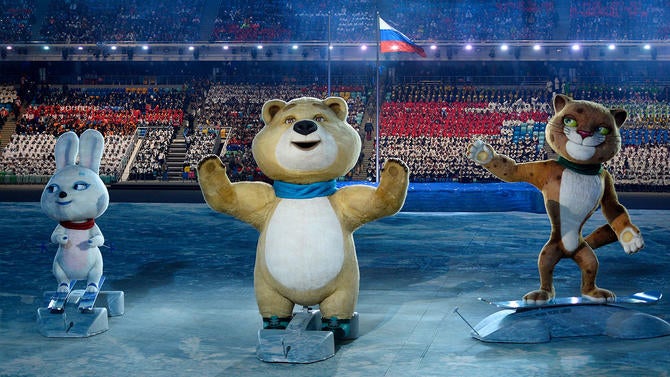
Origin: I can only quote the Olympic.org description: "There are three mascots in a nod to the three places on the Olympic podium." What? Oh, sorry. I fell asleep.
Analysis: These group defines "blah." You couldn't even give them names!? Just sheer laziness from the Sochi contingent here. Points for realism, but come on, have some fun with it.
17. Izzy - Atlanta 1996

Origin: The name "Izzy" was chosen by 32 American children aged 7 to 12. Originally named "Whatizit," the mascot received a total redesign and a new name after a poor reception at the 1992 closing ceremony.
Analysis: Izzy is a little abstract for most fans -- it's not a human, or animal, or any kind of recognizable object. The Olympic rings are separated and placed in various spots around his body adding to the confusion. It's just too weird for the Olympics. Izzy does get bonus points, however, for being the subject of its very own Sega Genesis game.
16. Magique - Albertville 1992
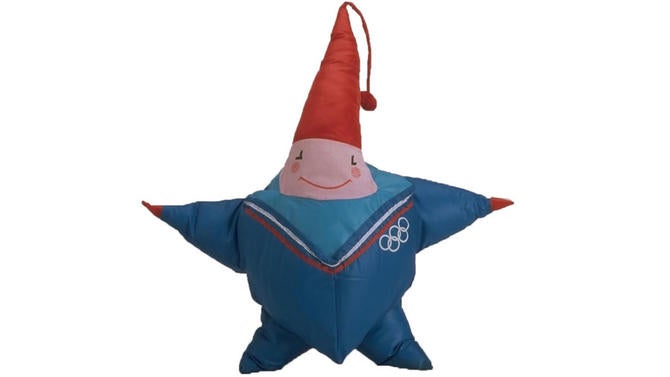
Origin: Magique is a combination of a star and a cube, with colors from the French flag.
Analysis: 1992 was a bad year for Olympic mascots (see: Barcelona). Magique is what happens when you can't say no to people during the creative process: "He should be a star." Sure. "He should be a cube." Yep. "He should have a wizard hat and rosy cheeks." You got it. Too many cooks, Albertville.
15. Powder, Coal and Copper - Salt Lake City, 2002
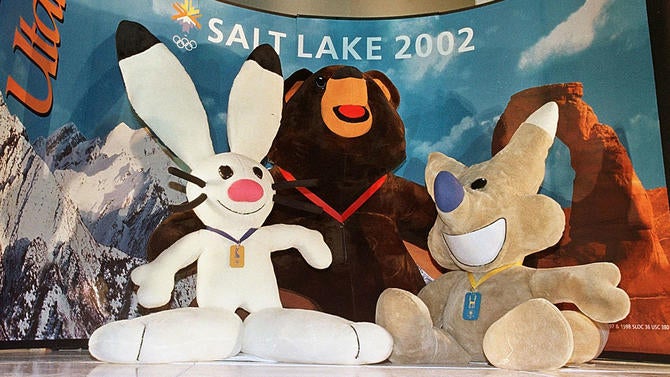
Origin: Named after Utah's natural resources, its snow and its land, the mascots' names were decided by a national vote. The other options were Sky, Cliff and Shadow and Arrow, Bolt and Rocky.
Analysis: Very wholesome and very Utah. It looks like the mascot creators just raided the stuffed animal bin at the local Toys 'R' Us. Again, nothing egregious but just too vanilla.
14. Vucko - Sarajevo 1984
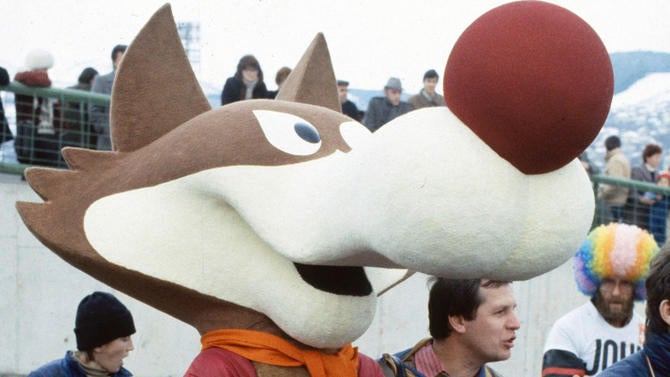
Origin: Vucko was designed to resemble a wolf typically found in the Dinaric Alps region.
Analysis: Vucko is basically the villain in any Warner Bros. cartoon. He's going to keep going after whatever smaller creatures he can until he gets an anvil dropped on his head. Not a great message for young Olympic fans.
13. Roni - Lake Placid 1980
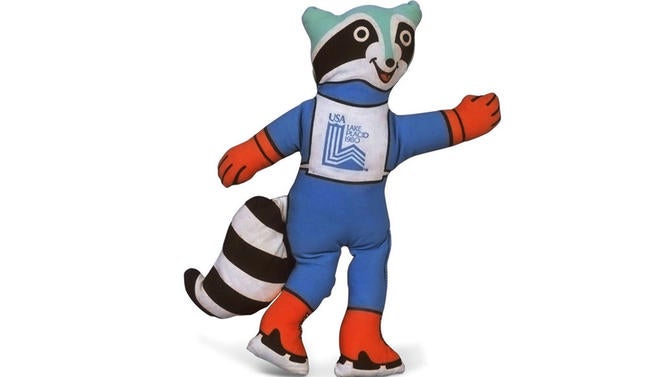
Origin: Roni means "raccoon" in Iroquioian, the language of the native people of the New York and Lake Placid region.
Analysis: Any time you have an animal on ice skates you're heading down the right path, but Roni falls a bit short with the color scheme. His raccoon eyes are a nod to the ski goggles so many winter Olympians wear, so bonus points for creativity.
12. Syd, Olly and Millie - Sydney 2000

Origin: Syd (platypus) for Sydney, Olly (kookaburra) for Olympics, Millie (anteater) for the new millennium.
Analysis: How is there no kangaroo or koala in this bunch? Major fail. Maybe they were trying to show the vast diversity of Australian wildlife, but come on Australia, give the people what they want. Otherwise, however, this is a solid group.
11. Haakon and Kristin - Lillehammer 1994
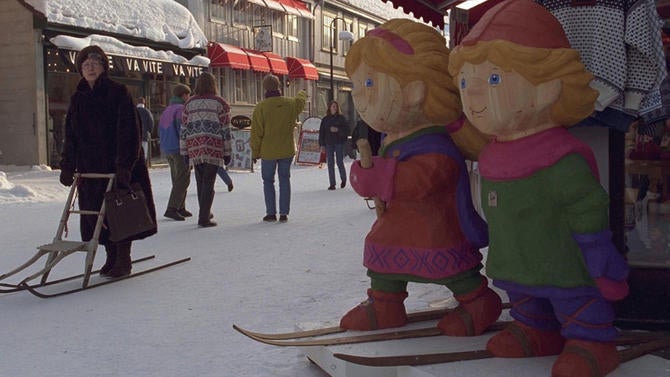
Origin: Their names come from historical figures from Norway: King Hakon IV Hakonson and Princess Kirstin, his aunt.
Analysis: Lillehamer definitely played it safe here. There's nothing wrong with these two, they're just ... boring. The fact that they are upstaged by the perplexed elderly woman with the awesome chair sled speaks volumes. Are chair sleds a thing?
10. Schneemann - Innsbruck 1976

Origin: Schneemann means snowman in German. There is a lot of snow in Innsbruck.
Analysis: Almost 40 years before "Frozen," Schneemann cornered the market on the comical snowman sidekick. He gets minus points for the scarecrow hat, which seriously adds to the creepiness factor.
9. Hidy and Howdy - Calgary 1988
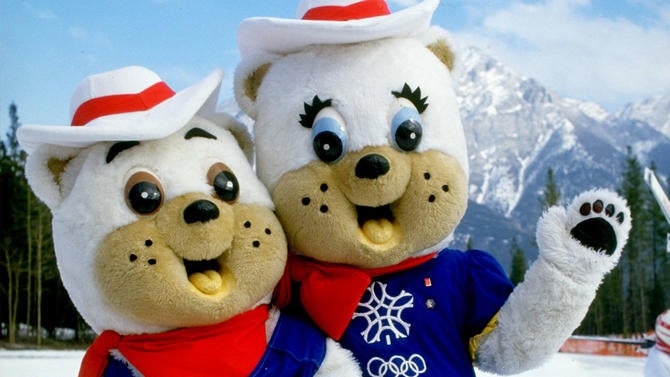
Origin: Symbols of hospitality, Hidy is for "hi" while Howdy is for "how do you do?" They're friendly polar bears who wear cowboy outfits.
Analysis: Leave it to Canada to produce the most polite and harmless Olympic mascots of all time. Hidy and Howdy are here to open doors for you, slow down to allow you to change lanes, and ask if you want the last of the maple syrup.
8. Beibei, Jingjing, Huanhuan, Yingying and Nini - Beijing, 2008

Origin: Taking the first syllable of each name makes "Bei Jing Huan Ying Nin," which translates to "Welcome to Beijing." Together they form the "Fuwa," meaning "good-luck dolls."
Analysis: These things are pretty cool, but were all five really necessary? Judging by the opening ceremony, the Beijing Olympic committee wasn't interested in doing things halfway. If they would have focused on just the Panda and the red "Olympic flame," they might have had a winner. Instead they have to settle for good, but not great.
7. Waldi - Munich 1972

Origin: The first official mascot of the Olympic Games, Waldi is a dachshund, the iconic German dog breed known affectionately in the U.S. as a "weiner dog."
Analysis: Waldi gets credit for blazing the trail for Olympic mascots, and for his tremendous posture and multi-colored coat. He'd finish highly at the Westminster Dog Show.
6. Hodori - Seoul 1988

Origin: "Ho" means tiger in Korean, and "Dori" is something you add a man's name to make it sound cuter.
Analysis: Extremely solid in all aspects, Hodori checks all the boxes for an Olympic mascot: fierce animal turned friendly, Olympic garment of some kind (necklace) and and odd, unexplained characteristic (strange hat). His name also sounds like Hodor from "Game of Thrones," and everybody likes Hodor.
5. Mikhail Potapych Toptygin (Misha) - Moscow 1980

Origin: Misha is a bear, an animal that appears in many Russian stories, songs and poems.
Analysis: It's a good sign when you want to reach out and hug an Olympic mascot, so Misha gets major points there. It's also a stroke of genius that he has both a full name and a nickname, like all the best pets do. Add in the snazzy Olympic belt and leotard and you've got yourself one of the best mascots of all time.
Also, never forget the time Misha got emotional and cried during the closing ceremony.
4. Neve and Gliz - Turin, 2006

Origin: "Neve" means snow in Italian, and "gliz" is a shortened form of the word "ghiaccio," meaning ice.
Analysis: These things are super adorable -- those one-tooth ear-to-ear grins just make you happy and excited to watch some downhill skiing. The bodies leave a little to be desired, but the faces alone earn them a high ranking on the list.
3. Vinicius - Rio de Janeiro, 2016

Origin: A mix of various Brazilian animals (namely a cat, monkey and bird), the mascot is named after musician Vinicius de Moraes. He's supposed to represent the diversity of Brazilian people and culture.
Analysis: Considering what a disaster the lead-up to the Olympic games has been for Rio, their mascot is actually pretty well done. It has its own identity and appeals to kids without having a horrible flaw. Somewhat surprised they didn't go with a mosquito, though. Too soon?
2. Sam - Los Angeles 1984
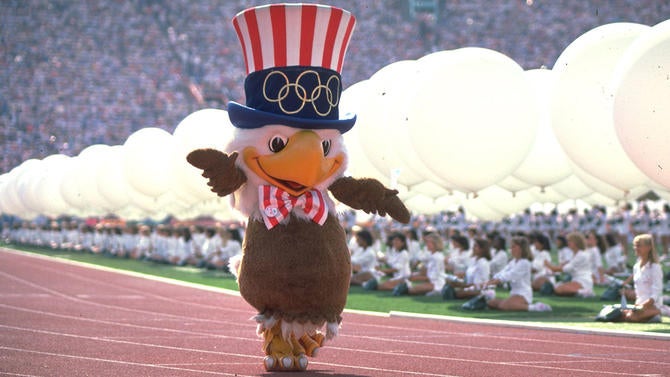
Origin: A combination of America's animal (bald eagle) and America's human mascot (Uncle Sam). Sam was created by C. Robert Moore from Walt Disney Productions -- hence the similarity to some of our favorite cartoon characters.
Analysis: OK there's some obvious bias here, but this guy is awesome. When in doubt, take two of your country's most iconic symbols and mash them together. Sam's bow tie and oversized hat add to his child-friendly appearance, which easily could have gone the other way with his huge beak and slightly evil eyes. Sam's saying, "I'll give you a hug, but don't mess with the USA!"
1. Quatchi and Miga - Vancouver, 2012

Origin: Inspired by the fauna and tales of the First Nations (the indigenous Canadian community) on the West Coast of Canada. Quatchi is a sasquatch and Miga is a sea bear.
Analysis: That's what I'm talking about! If you have Bigfoot as one of your Olympic mascots, you're doing something right. Add a sea bear to the mix and you're in top-tier mascot territory. They softened up the features just enough to make them appealing to kids, but those are still intimidating creatures. Well played, Vancouver.















